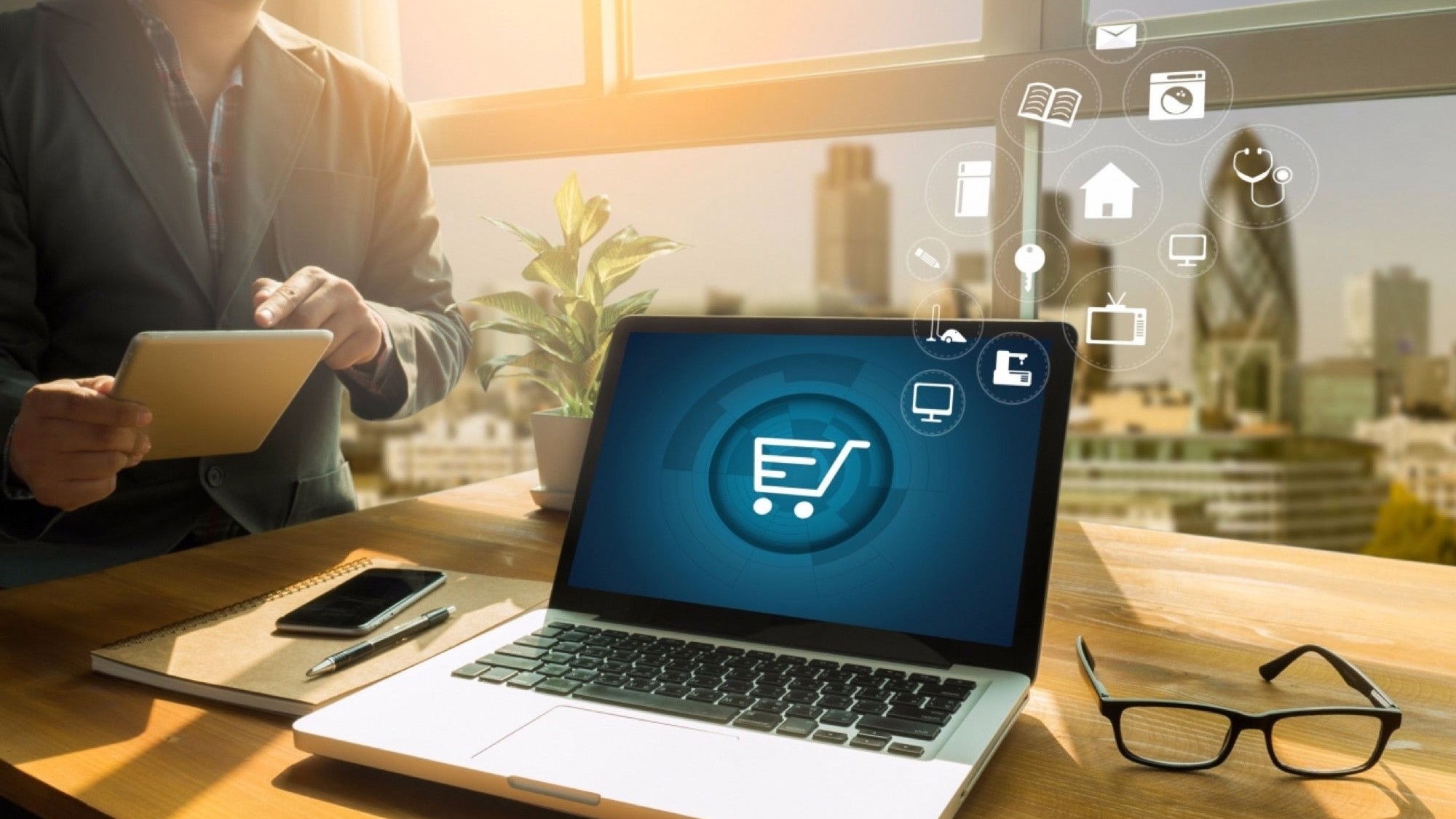How 5G and edge computing is changing the game for online retailers
5G and Edge Computing are re-shaping online shopping

In today’s ever-evolving world of retail, staying ahead of the game is paramount.
Businesses trading globally are constantly on the hunt for tools and technologies to help them grow: whether that’s targeting customers more effectively, boosting sales revenue, or staying on top of compliance when it comes to VAT and sales tax around the world.
One such technology that has certainly made an impact for retailers is edge computing. At its core, edge computing brings data processing and storage to the location where it is produced (or to ‘the edge’), and has been praised for its ability to improve response times and save precious bandwidth for businesses. But what good has it done for retailers?
Just look at indirect tax as an example. An edge deployment provides the ability to calculate indirect tax locally – at the point of transaction – while centralising the likes of reporting, compliance, and maintenance. By eliminating network connectivity and bandwidth issues, and allowing data to be securely streamed to a central ‘hub’ for review only when needed, edge computing can provide a much-needed right hand to tax departments – especially when sale volumes are high, and transactions are pouring in.
Today, many retailers already benefit from deploying their tax engine using edge technology, and the emergence of new technologies is opening even more doors.
The arrival of 5G in particular presents even more opportunities for this tech to revolutionize retail tax departments. Short for "fifth generation," 5G is the latest advancement in communication technology, succeeding, the now widely available, 4G (LTE). 5G has been designed to provide significantly faster data speeds, lower latency, the ability to connect a large number of devices simultaneously, and increase overall network capacity and efficiency.
Retail Consulting Practice Leader at Vertex.
Smoother digital experiences
For the retail sector, and particularly online retailers, the benefits of 5G are mainly discussed from the customer’s point of view.
Are you a pro? Subscribe to our newsletter
Sign up to the TechRadar Pro newsletter to get all the top news, opinion, features and guidance your business needs to succeed!
Most businesses in the sector will agree that one of their biggest goals is an online shopping experience that is so fast, customers are solely engaged in the product or service at hand, as opposed to being held up by sluggish websites. By dramatically enhancing network connectivity, 5G will make this possible, as well ushering in a new suite of immersive shopping features.
Just look at Augmented Reality (AR) and Extended Reality (XR), for example. Consumers today typically tend to research various products online before narrowing their selection and making a purchase. With 5G-enabled AR and XR, these two tasks can easily and seamlessly become merged as one: with AR to provide customers with product information in real-time as they shop, and XR to allow them to enter virtual dressing rooms or visualize furniture in their home. Already we’re seeing the likes of IKEA adopt these techniques to bolster sales via virtual showrooms, and 5G will only make more of these digital shopping experiences possible.
5G-enabled edge computing can also facilitate real-time inventory tracking and analysis, whereby e-commerce platforms are able to adjust pricing dynamically based on supply, demand, and competitors. This will create more accurate pricing and stock availability for customers, further contributing to a better online experience.
In the retail sector, those that can meet customers’ needs in the fastest, most intuitive ways, win. So by creating these seamless, innovative shopping experiences, 5G can generate increased sales and revenues for businesses in the future.
More sales, more tax
So, what does this mean for the tax department? Well, to start, an increase in sales brought about by these new, 5G-enabled shopping experiences, creates an even bigger need for a fast, accurate and efficient solution for calculating indirect tax.
With edge computing already providing a fast solution by allowing indirect tax to be calculated automatically at the point of sale, the availability of super-fast 5G networks will only seek to speed up these processes even more, further minimizing latency and allowing for even more demand on e-commerce websites during peak traffic.
And although edge computing already offers a secure solution to retailers, with transactions and personal data processed behind company firewalls, 5G networks offer enhanced security and end-to-end encryption, meaning customers’ PPI is even safer when it is eventually sent off for reporting, compliance, and review.
The marrying of 5G and edge computing is set to disrupt the online retail sector. Faster, more engaging shopping experiences, paired with more efficient tax operations ‘behind-the-scenes’, is only the beginning.
But ultimately, it's important to note that the full realization of these changes will depend on the widespread adoption of 5G infrastructure and the development of innovative applications by e-commerce platforms in years to come.
Until then, retailers should remain on high alert for the latest advancements in 5G tech – and never sleep on the benefits of the edge computing solutions that are available to them now.

My experience lies in the areas of SaaS, IaaS, Object Oriented Programming, Data Analysis, ERP and SQL Development, Report Automation, Business Requirements and Analysis, Application Design, Data Modeling, Data Warehousing, Quality Assurance and Project Management.